Butternut
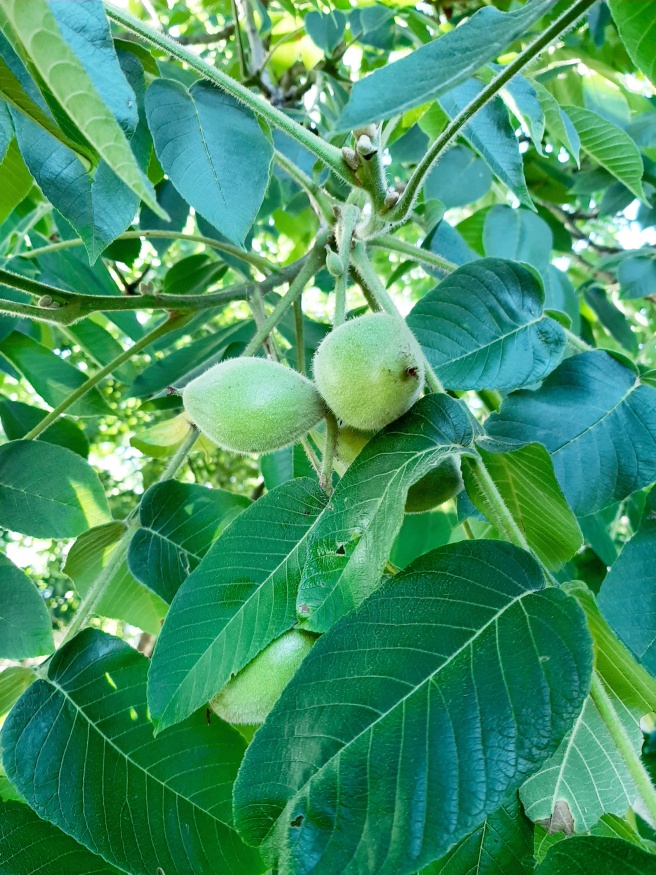
Other Names: butter nut, white walnut
Family: Juglandaceae Native to: Eastern North America
Hardy to zone: 3
Eco benefits: valuable wood, edible nuts
Natural habitat: waters edge, inner forests, hillsides & uplands, rocky slopes, floodplains
Shapes: round
Height: 40-60ft
Unique attractions: fruit
Common uses: reforestation, landscaping, naturalized plantings
Insects: borers, lacebugs, caterpillars, bark beetles
Diseases: butternut canker
Light: full sun
Transplanting: difficult
Soil: moist and fertile, well drained, drought tolerant
Reproduction type: monoacious
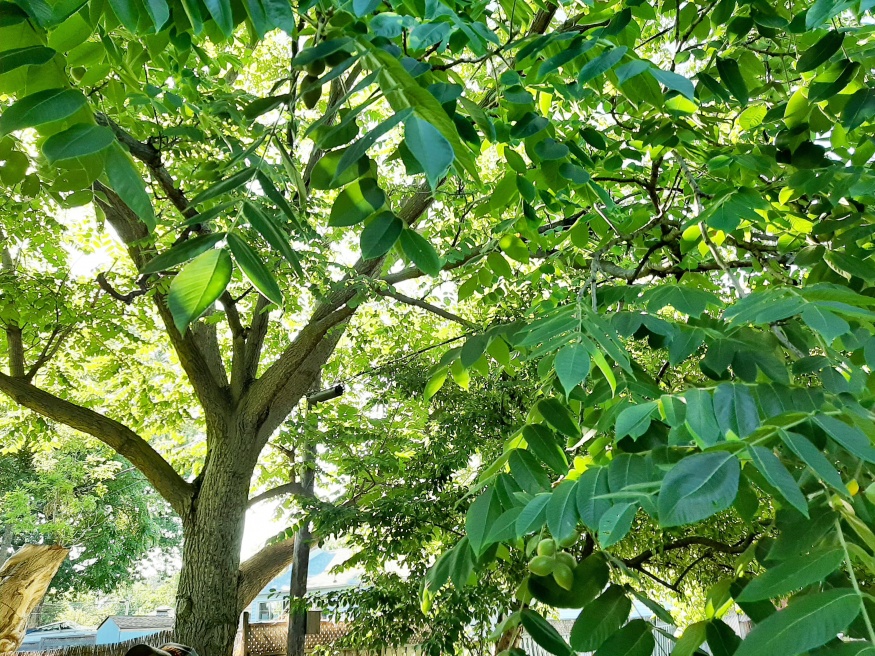
Butternut can be found in eastern North America, occasionally grown ornamentally but becoming rare to endangered throughout its range in the wild. This is due to the fatal fungal disease butternut dieback or butternut canker. Butternut is similar to black walnut (Juglans nigra) but with less fissured bark, fewer leaflets, and more oval shaped fruit. Its also slightly smaller (60 feet, but occasionally 100 feet) and lives generally farther northward than black walnut. The Crown is broad and irregular in outline and rounded at the top. A low branching trunk with large forked branches appear to droop and curve up at the ends. Butternut grows in moist, well drained soil and intolerant of shade
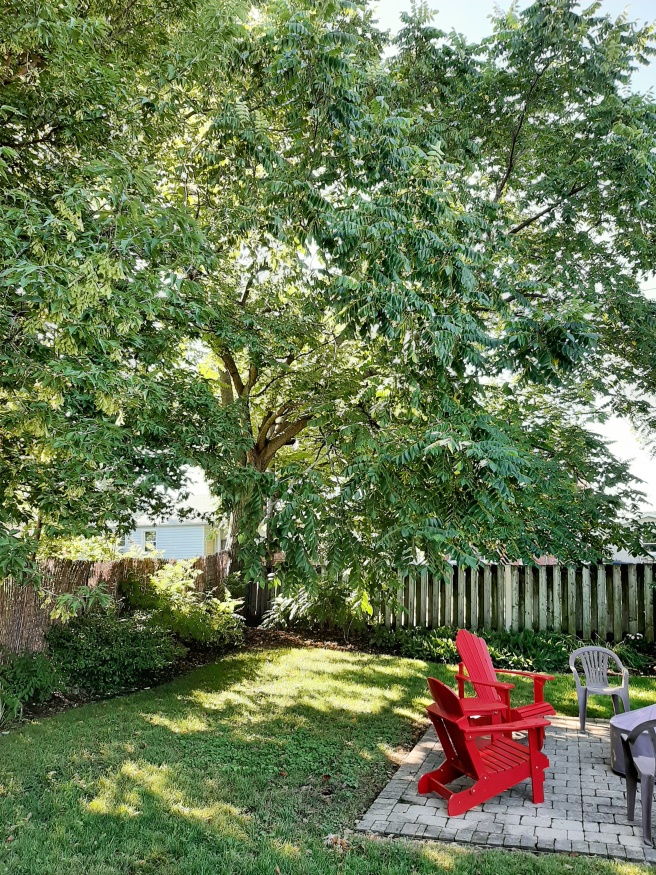
The leaves are compound and up to 20 inches long, with oblong to lanceolate leaflets, 11 to 17 in number. Leaf color is yellowish green and hairy underneath (unlike the black walnut). One identifying feature of the tree is the dark brown chambers seen in twig piths when split open. From May to June, yellowish green male drooping catkins, and short female flower spikes occur. The fruit consists of clusters of indehiscent green oval husks which mature in the fall. A single Nut exist within the husk and is encased in a tough shell with a small edible kernel inside. The taste is quite favorable and has a buttery oil, hence the name 'butternut'.
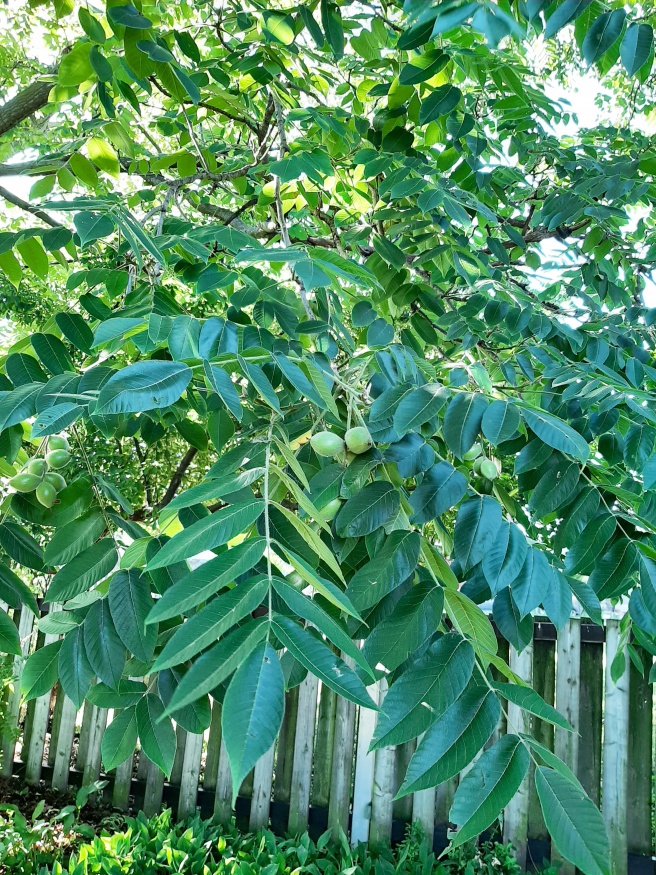
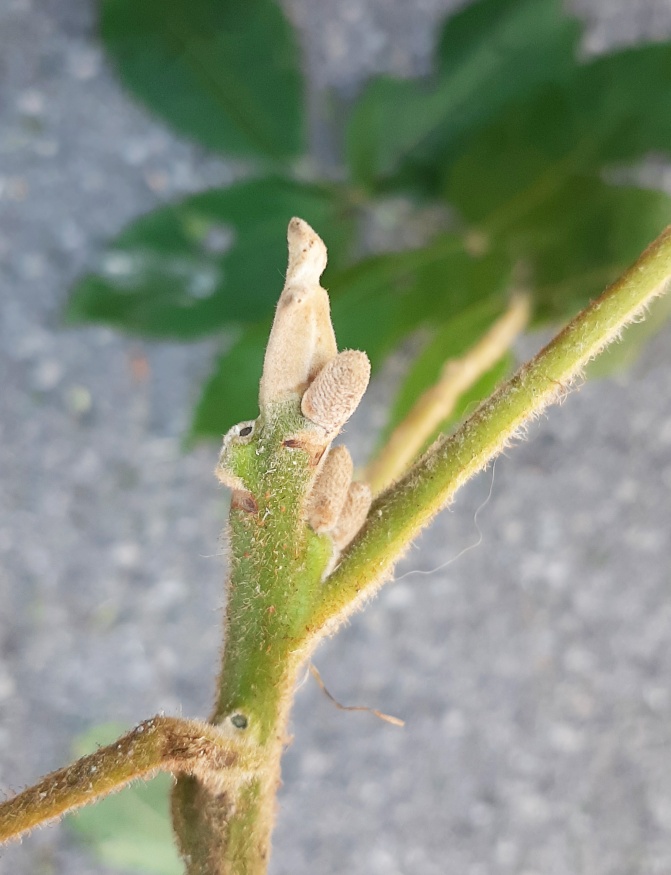
The sap of the butternut tree can be boiled down into a syrup. Currently, the nuts are popular for making maple-butternut candy amongst other snacks. Other uses include a yellowish orange dye which can be made from the nut husks. The root cambium can also be used medicinally. Transplanting can be tricky for butternut as with other walnut trees due to the long taproot, but possible with proper growing techniques. As with the black walnut, the tree produces juglones, which inhibits the growth of some other plants surrounding it.
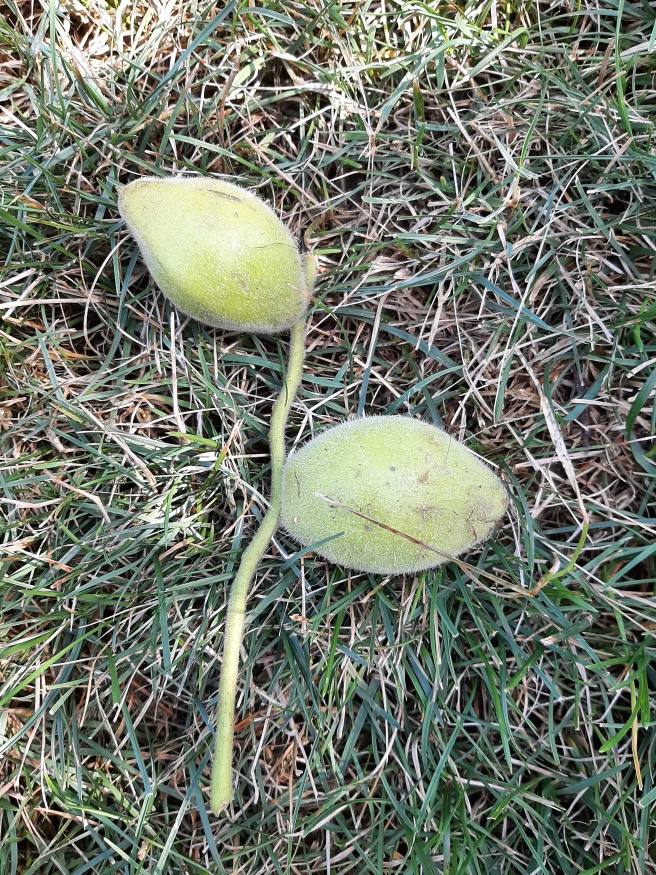
References
Encyclopædia Britannica, Inc. (n.d.). Butternut. Retrieved from https://www.britannica.com/plant/butternut-Juglans-cinerea
Fire Effects Information System (FEIS). (n.d.) Juglans cinerea. Retrieved from https://www.fs.fed.us/database/feis/plants/tree/jugcin/all.html
Missouri Botanical Garden. (n.d.). Juglans cinerea. Retrieved from http://www.missouribotanicalgarden.org/PlantFinder/PlantFinderDetails.aspx?kempercode=a874
Trees of Canada - Tree Canada. (n.d.). Butternut (Juglans cinerea). Retrieved from https://treecanada.ca/resources/trees-of-canada/butternut-juglans-cinerea/